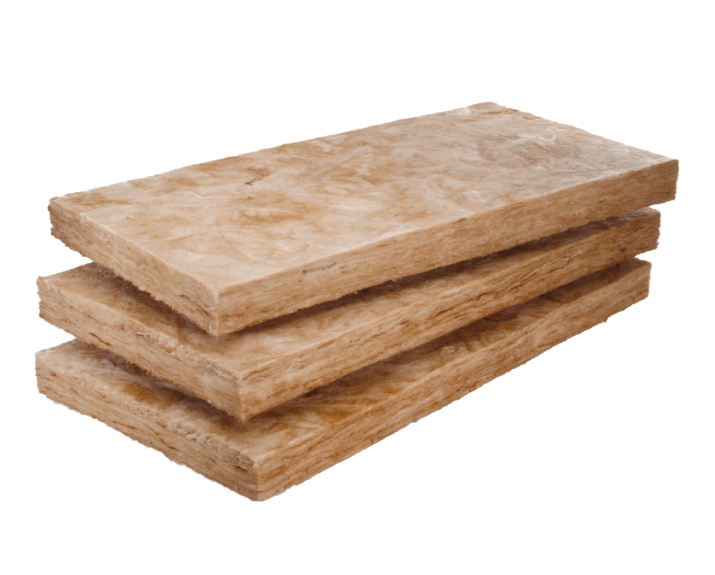Unveiling the Drawbacks of Insulated Metal Panels: A Comprehensive Analysis
2 min read
Insulated metal panels (IMPs) have gained significant popularity in the construction industry due to their thermal efficiency, durability, and aesthetic appeal. However, like any building material, IMPs also have their fair share of disadvantages. In this blog post, we will delve into the drawbacks of insulated metal panels, providing a comprehensive analysis that caters to the needs of architects, builders, and construction professionals. By understanding these limitations, stakeholders can make informed decisions when considering the use of IMPs in their projects.
- Limited Design Flexibility:
One of the primary disadvantages of insulated metal panels is their limited design flexibility compared to other construction materials. IMPs come in predetermined sizes and profiles, which may restrict the architectural creativity and customization options. This limitation can be a challenge for projects that require unique shapes, curves, or intricate detailing. - Higher Initial Cost:
While insulated metal panels offer long-term cost savings through energy efficiency and reduced maintenance, their initial cost can be higher compared to traditional building materials. The specialized manufacturing processes, advanced insulation technology, and precision engineering contribute to the higher upfront investment. However, it is essential to consider the lifecycle cost and energy savings over the building's lifespan to evaluate the overall cost-effectiveness. - Difficult Retrofitting:
Retrofitting existing structures with insulated metal panels can be a complex and time-consuming process. Unlike other cladding systems, IMPs require careful planning and coordination to ensure proper integration with the building's existing structure. This limitation can pose challenges for renovation projects, where time and budget constraints are critical factors. - Limited Sound Insulation:
While insulated metal panels provide excellent thermal insulation, their sound insulation capabilities may be comparatively limited. The thin metal layers and insulation materials used in IMPs may not offer the same level of acoustic performance as other building materials specifically designed for soundproofing. Therefore, additional acoustic treatments or alternative construction methods may be necessary to achieve desired noise reduction levels. - Susceptibility to Damage:
Insulated metal panels, particularly those with exposed metal surfaces, are susceptible to damage from external factors such as impact, scratching, or corrosion. Harsh weather conditions, chemical exposure, or accidental mishaps can compromise the integrity and aesthetics of the panels. Regular maintenance and protective coatings are essential to mitigate these risks and ensure the longevity of the IMPs.
Conclusion:
Insulated metal panels undoubtedly offer numerous advantages in terms of energy efficiency, durability, and aesthetics. However, it is crucial to consider their limitations before incorporating them into construction projects. By understanding the disadvantages of insulated metal panels, architects, builders, and construction professionals can make informed decisions, exploring alternative solutions or implementing additional measures to overcome these challenges. Ultimately, a balanced approach that weighs the benefits and drawbacks will lead to successful and sustainable construction projects.
